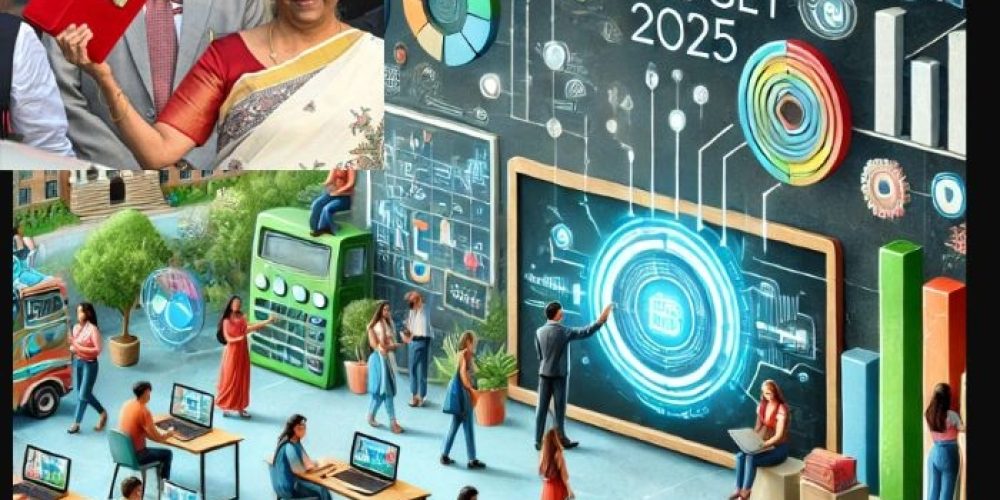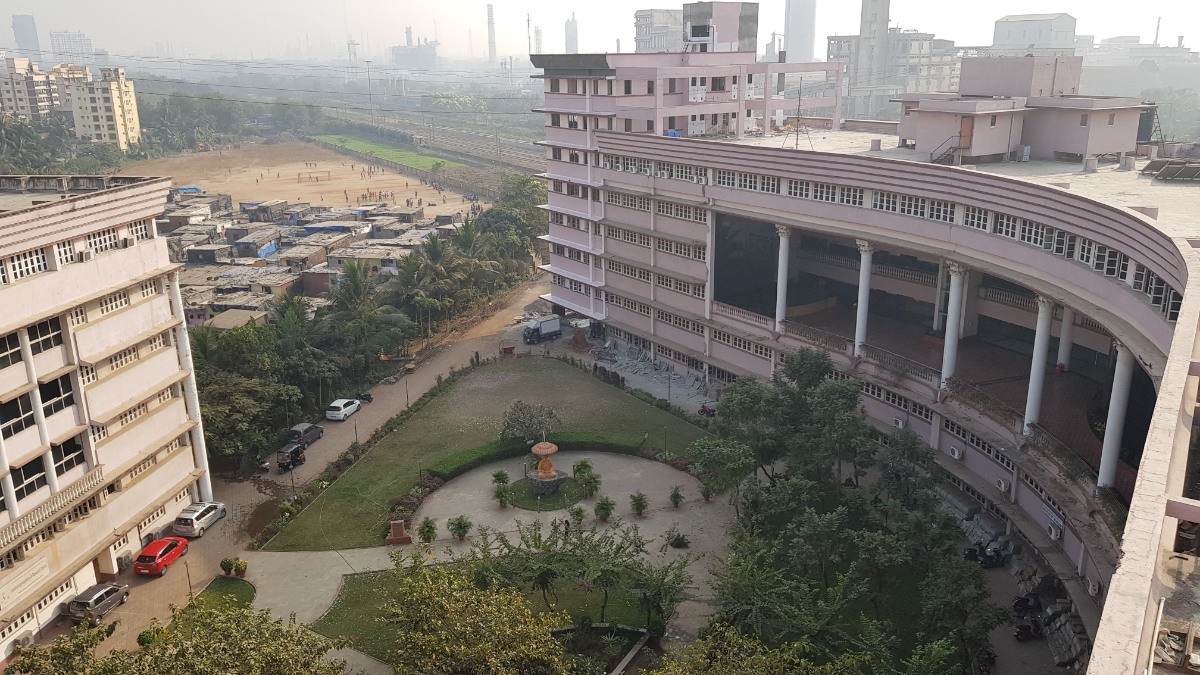Practical Learning in Focus
Dr. Prof Anand Achari, Principal of VES College of Architecture, highlights how the budget emphasizes hands-on learning to bridge the gap between academia and industry. Atal Tinkering Labs (ATL) and AI Centres of Excellence are set to revolutionize learning methodologies by making education more experiential. Dr. Maithili Tambe (CEO, The Academy School, Pune) echoes this sentiment, stating that the introduction of 50,000 Atal Tinkering Labs will significantly enhance STEM education.
- Dr. Prof Anand Achari, Principal, VES College of Architecture: The budget emphasis on hands-on learning bridges the gap between academia and industry, ensuring students acquire real-world skills.









